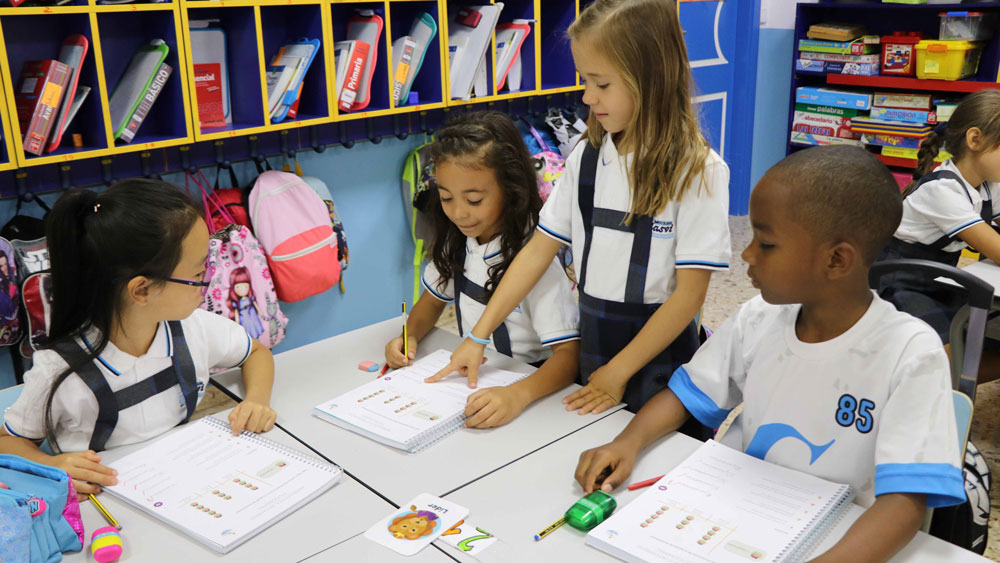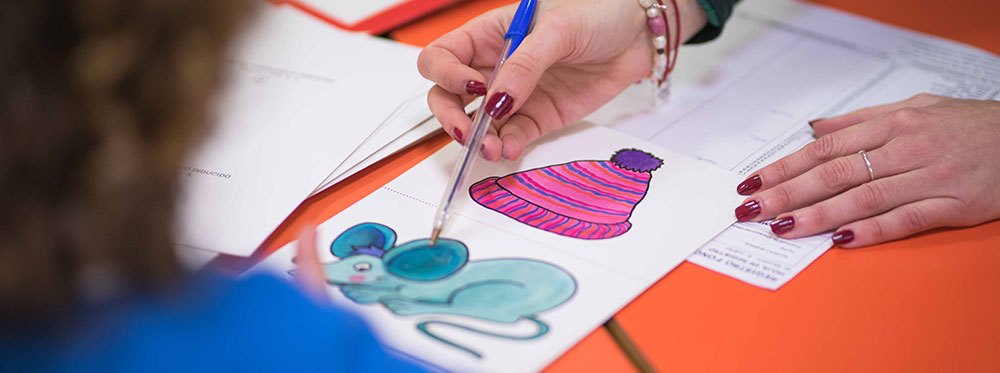Facilitating the inclusion of all learners in the classroom is now an educational priority and a fundamental principle. Diversity cannot be ignored. This is not limited to students with special educational needs, but to the student body as a whole. This is due to the cultural, social and economic changes that are taking place in today’s society. Each child has a particular way of being and thinking; they are unique. There are children with different talents, different nationalities, from disadvantaged backgrounds, with different types of learning…
For this reason, at Eurocolegio Casvi International Private School, we offer a teaching-learning framework that adapts to all students without exception, in order to facilitate learning for all pupils, with equal opportunities and with the same rights. This can be called an inclusive school, which offers the acquisition of an equal global competence for all; assumes and respects diversity; learns from it; and takes advantage of it as a source of learning and enrichment in its classrooms.
International Baccalaureate and inclusion in the classroom
According to the International Baccalaureate Organisation, “inclusion is an ongoing process that aims to increase access to and participation in learning for all students by identifying and removing barriers”. To this end, the entire Casvi Educational Community actively participates in developing strategies that favour this inclusion within its three programmes (PYP, MYP and DP). It does so with:
- Ordinary measures. When it is detected that a pupil is learning at a different pace to the norm, the teacher establishes an action plan based on reinforcement, ordinary support or extension.
- Extraordinary measures. Once the above measures have been exhausted, if it is observed that the difficulties persist, the student will be referred for assessment by the Guidance Department. Depending on the results of the psycho-pedagogical evaluation, it will determine the necessary measures to be taken at a pedagogical level, the use of some other type of extraordinary measure, as well as the possible referral to another body outside the centre.
- Inclusive adaptations of assessment, also contemplated in the IB. Modifications in the duration of an examination, the place where it is held, the presentation or the method of response…

Specific measures at Casvi to address special educational needs
Within the fundamental pillar of Casvi‘s educational model, which is personalised attention to all our pupils and families, this school adopts different measures of inclusion for pupils with special educational needs associated with:
- Reading and writing delays and language barriers due to its international character. In both cases, the Head of Studies, together with the Guidance Department, plan specific reinforcement support. Pupils from other nationalities receive linguistic support to enable them to catch up more quickly with the school’s language of instruction. In addition, specific Spanish classes for foreigners are offered.
- Articulatory language difficulties. Support for pupils with these difficulties is organised at the school within the school timetable and is provided by specialists in this field.
- Learning difficulties: Specific Language Disorder, Attention Deficit Disorder with or without Hyperactivity, Dyslexia, Non-Verbal Learning Disorder, Coordination Disorder, Maturational Delay (infantile age) and Pervasive Developmental Disorder. In addition to medical conditions: obsessive Compulsive Disorder, anxiety, depression, hearing difficulties and visual difficulties.
- High Abilities. Once the student with special educational needs associated with High Intellectual Ability has been identified, an appropriate, individualised and differentiated educational proposal is made, with monitoring and evaluation. The appropriate measures are also applied to cater for diversity: organisational flexibility; activities that promote continuous motivation; curricular enrichment, etc.
General benefits of inclusion in the classroom
- Promotes early social interaction between pupils who perceive themselves as different.
- Promotes the learning of values.
- All pupils bring something to each other. This increases the sense of togetherness in the group.
- Self-esteem levels are increased.
- Social commitment to each other is assimilated.
- It increases the exchange of emotions in class, which helps to better understand oneself and others.
- It helps in the prevention of bullying.
- It sows the seeds of a more aware, tolerant, collaborative, committed, mature and empathetic adult society.
